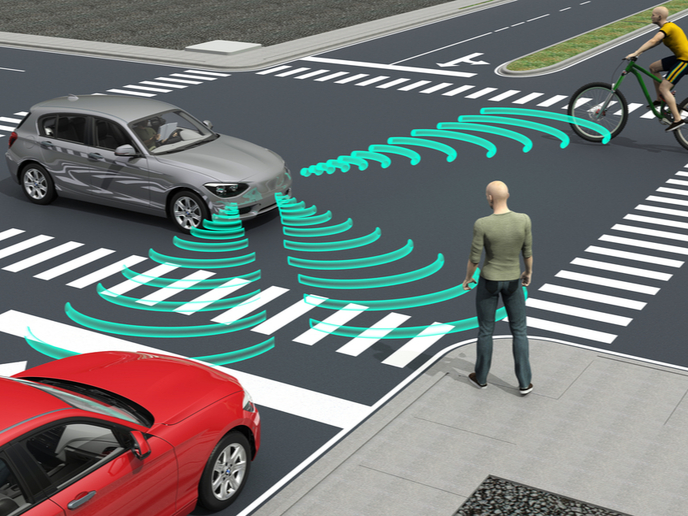Preparing the way for connected and automated vehicles
Without good preparation and planning, CCAM could exacerbate the current urban mobility problems, leading to longer distance travelling, growing urban sprawl and rising congestion levels. However, proactive decision making is often challenged by uncertainties around Connected and Automated Vehicle (CAV) deployment. These include technical and operational requirements, CAV behavior and interaction with other road users, the type of service, and the necessary legal framework. The EU-funded CoEXist(opens in new window) project used structured scenario-based analysis to establish some certainties and derive recommendations to guide cities towards automation readiness, which is defined in the project as ‘having the capability to make structured and informed decisions about the deployment of CAV’. The initiative examined various cases studies, analysing the impacts of CAVs on different types of road infrastructure and the transport network. “Tools developed through CoEXist are being tested by road authorities in four cities: Helmond in the Netherlands, Milton Keynes, United Kingdom, Gothenburg in Sweden and Stuttgart in Germany to assess the automated vehicle (AV) readiness of their locally designed case studies,” states project coordinator Siegfried Rupprecht.
Local examples
Eight case studies in the four local authorities employed CoEXist tools to evaluate the impacts of CAVs on traffic efficiency, road space requirements and safety, and to guide local policy discussion and identify strategies to improve automation readiness. “Results showed that inserting CAVs in traffic does not necessarily improve efficiency. It depends on the penetration rate, driving logic and spatial conditions,” Rupprecht explains. The transition phase poses a critical challenge to traffic performance, due to the expected ‘cautiousness’ of CAVs. “If not properly directed and regulated, traffic conditions could worsen until higher penetration rates, combined with more advanced CAVs, begin generating some improvements,” he points out. Project partners also advanced policy and planning discussions with participating cities by considering the perspectives of local stakeholders and was, therefore, able to identify key actions towards automation readiness. “We concluded that it is essential to transform planning practices from the predict-then-act paradigm towards agile and adaptive decision making, aided by capacity development for local authorities, robust scenario simulations and cross-sectoral cooperation,” comments Rupprecht.
Greater cooperation and integration required
Moreover, cities should foster co-benefits for CAVs and conventional vehicles during the transition phase by progressively upgrading motorways and regional roads to support mixed traffic with enhanced automation ready infrastructure. They should also further develop Cooperative Intelligent Transport System(opens in new window) capabilities and regulate where CAVs are allowed to operate based on local needs and assessment of implementation scenarios. Enhanced public-private cooperation is also needed to develop business models that prioritise CCAM based on collective, car and ride sharing services, which respond to real societal needs and contribute to sustainability goals. In addition, an integrated legal and policy framework to regulate CAV deployment and service provision needs to be developed. Furthermore, comprehensive capacity building programs need to be created for authorities to support planning and deployment of CCAM. CoEXist mainly targets road authorities, mobility planners and other urban mobility stakeholders by providing support, guidance and tools that strengthen their capabilities to make informed decisions on the deployment of CCAM. “The hope is that these efforts to align technological progress with public policy and sustainability goals will benefit society in general and contribute to achieving sustainable urban mobility around the world,” Rupprecht concludes.







